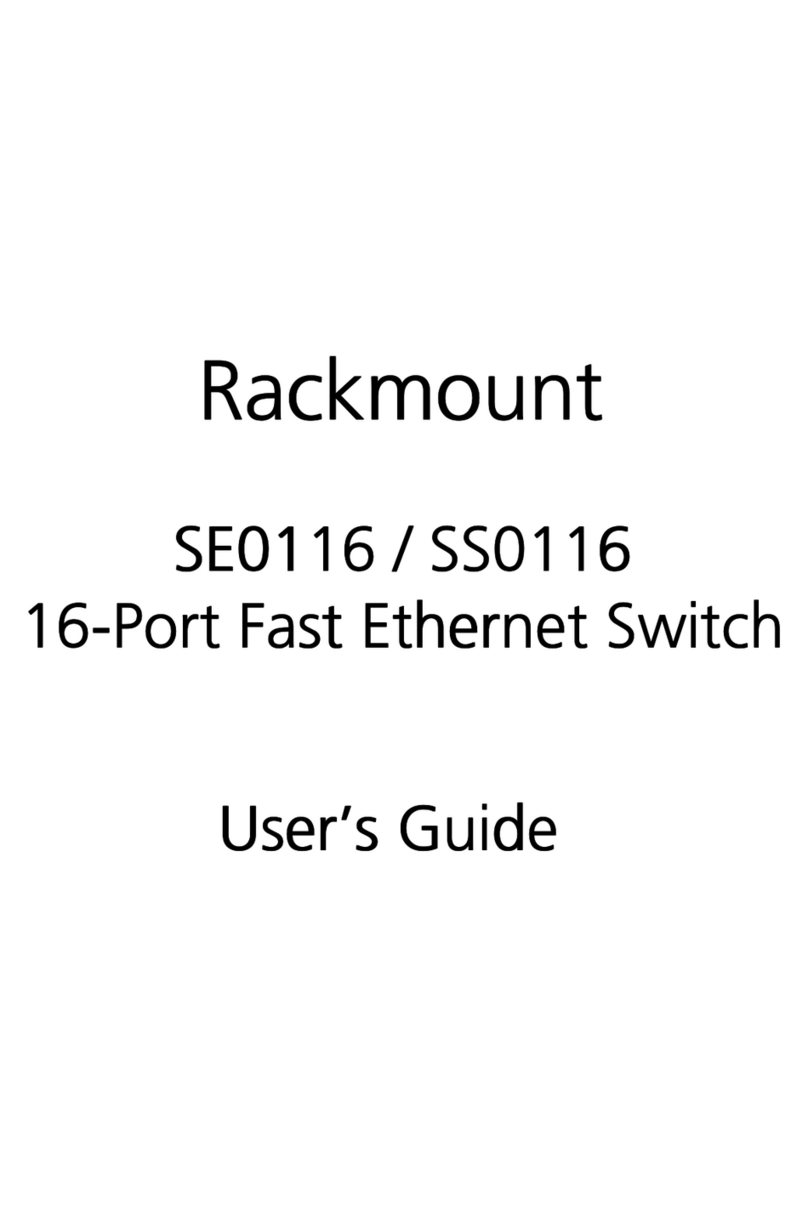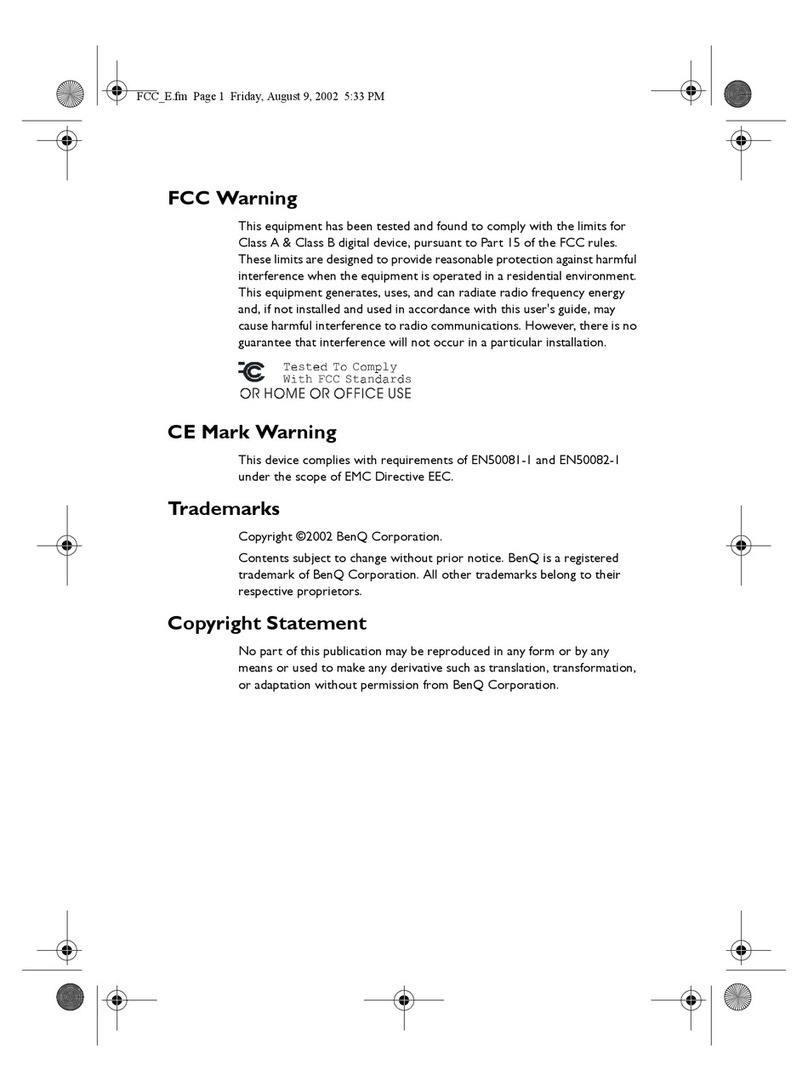4.4.9 Port Trunking ................................................................... 99
4.4.10 Port Mirroring............................................................... 101
4.4.11 QoS.............................................................................. 103
4.4.12 File transfer.................................................................. 129
4.5 Logout....................................................................136
4.6 Save Settings.........................................................136
4.7 Restore Default Settings ........................................ 136
4.8 Reboot....................................................................136
5. Web-Based Browser Management ................ 137
5.1 Logging on to the switch.........................................137
5.2 Understanding the Browser Interface..................... 139
5.3 Performing File Activities........................................141
5.3.1 Start with Selection Menu.............................................. 141
5.3.2 Saving Setting................................................................ 142
5.3.3 Receive File Via TFTP................................................... 142
5.3.4 Reboot ........................................................................... 143
5.3.5 Logout............................................................................ 144
5.4 Performing Basic Setup Activities ..........................145
5.4.1 Start with Selection Menu.............................................. 145
5.4.2 General Management Configuration.............................. 146
5.4.3 LAN Port Configuration.................................................. 148
5.4.4 Console Port Configuration............................................ 153
5.5 Performing Advanced Setup Activities ................... 156
5.5.1 Start with Selection Menu.............................................. 156
5.5.2 MAC Address Management........................................... 157
5.5.3 IP Networking................................................................. 161
5.5.4 Per Port Statistics .......................................................... 171






























